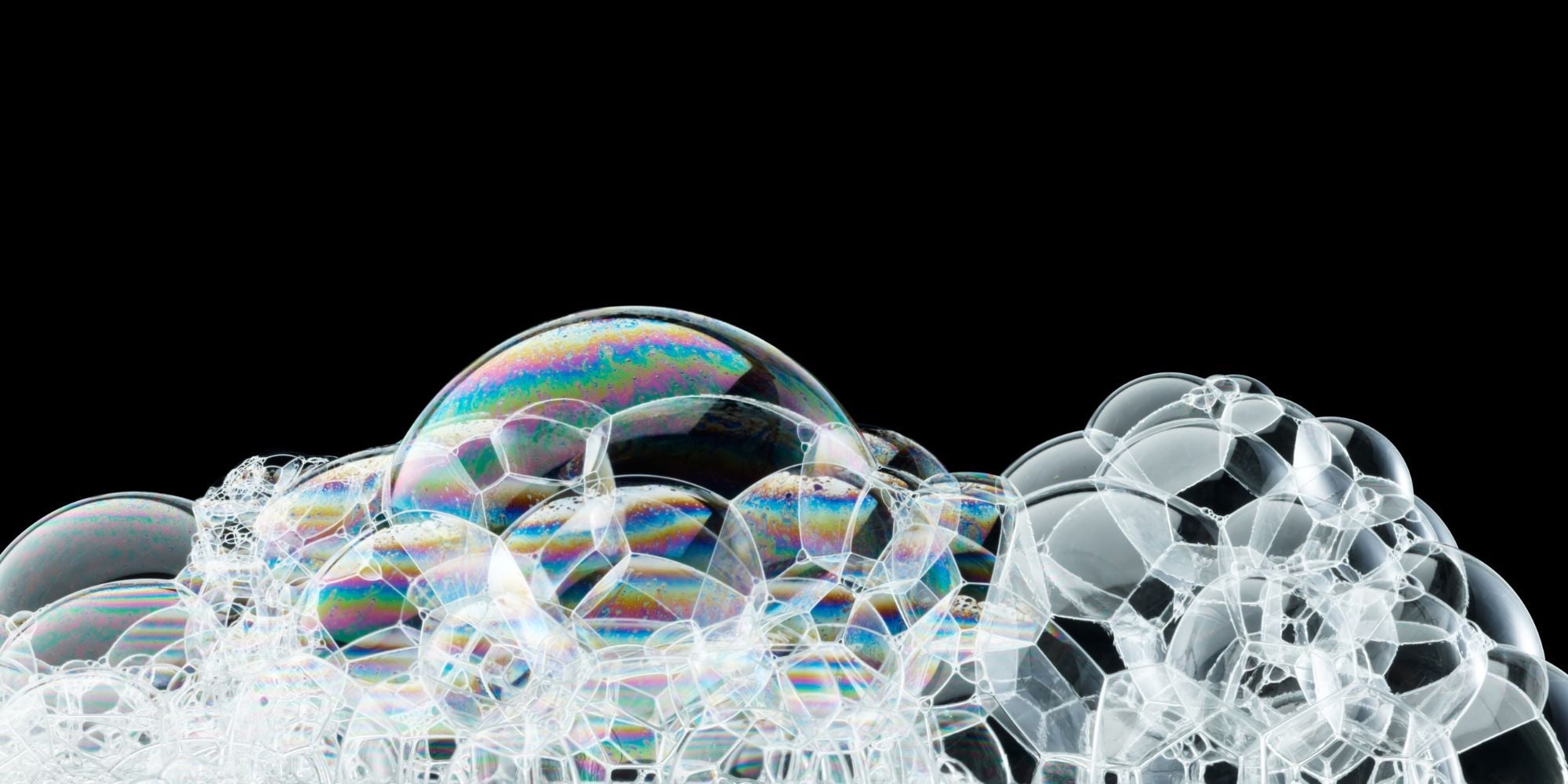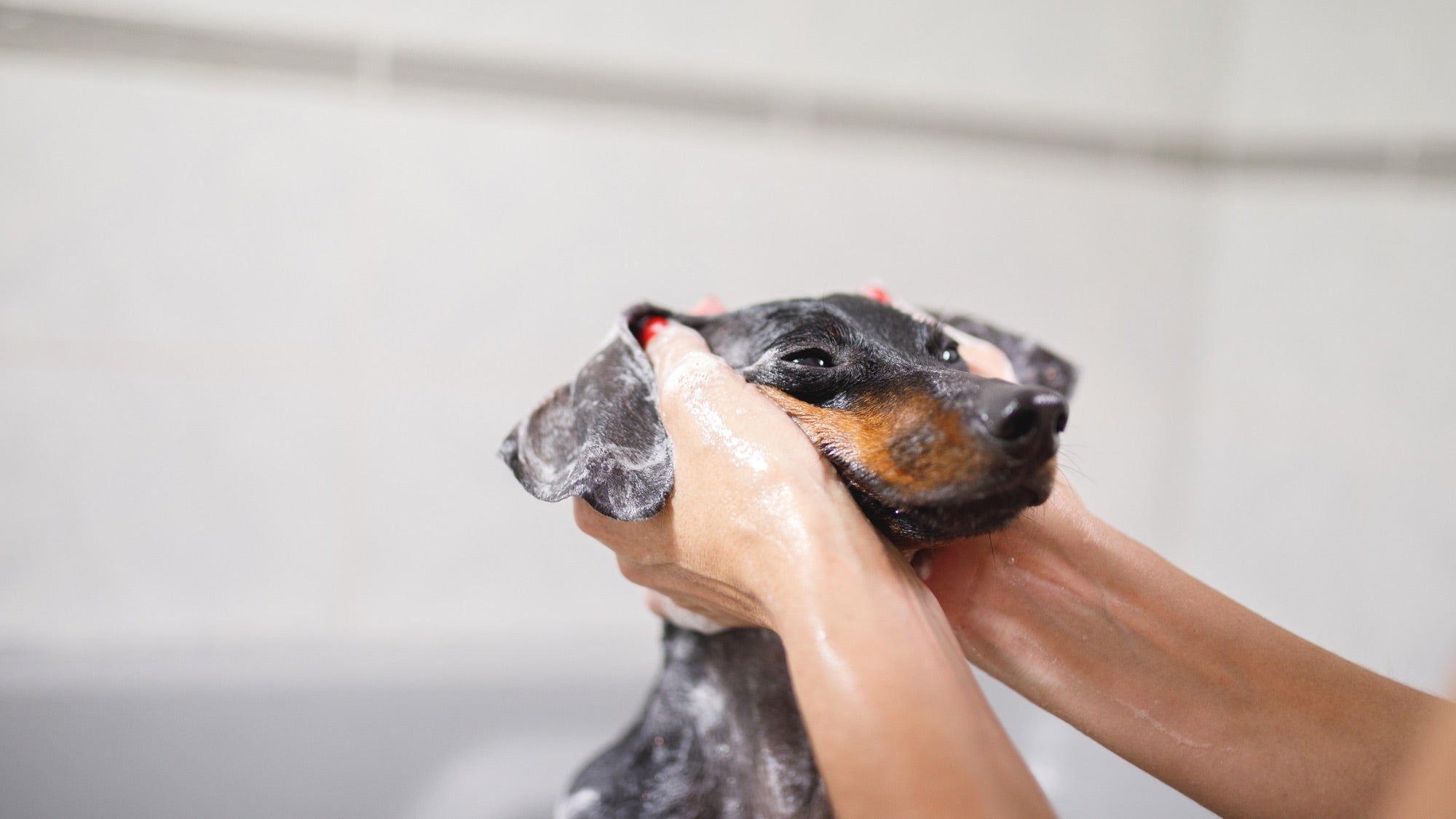Article: Does More Bubbles Mean It Cleans Better?

Does More Bubbles Mean It Cleans Better?
In the world of cleaning products, the presence of bubbles has become synonymous with effective cleaning. We've all seen advertisements where a sink full of dishes or a grimy countertop is magically transformed into a sea of frothy bubbles. The visual spectacle of abundant bubbles can be captivating, leading many to believe that more bubbles equate to superior cleaning power. However, the truth is more nuanced. In this article, we will delve deep into the science behind bubbles, the role they play in cleaning, and whether the presence of more bubbles truly means better cleaning.
The Science of Bubbles

Bubbles are fascinating structures formed when a gas is trapped within a liquid or a solid. In the context of cleaning products, bubbles are often the result of chemical reactions between the cleaning agents and water. Detergents and soaps contain molecules with hydrophilic (water-attracting) and hydrophobic (water-repelling) ends. When these molecules come into contact with grease, dirt, or oils, they surround the particles, forming micelles.
Micelles are clusters of molecules that encapsulate dirt and grease, allowing them to be lifted away from surfaces and suspended in the water. When air is introduced, either through agitation or the mechanical action of scrubbing, bubbles form as a result of the interaction between the cleaning agent molecules and water.
Do Bubbles serve as Indicators of Cleaning Effectiveness?
While the formation of bubbles is undoubtedly linked to the chemical properties of cleaning agents, it's important to note that the quantity of bubbles is not necessarily proportional to cleaning effectiveness. Various factors, such as the type of cleaning agent, its concentration, and the surface being cleaned, influence the amount of foam produced. Some highly effective cleaning agents are designed to generate fewer bubbles, yet they possess exceptional dirt and grease removal capabilities.
The Fallacy of the Bubbly Myth
One of the primary reasons the idea of "more bubbles equals better cleaning" persists is due to the misinterpretation of cause and effect. In reality, bubbles are a byproduct of the cleaning process rather than the main driver of cleaning action. The formation of bubbles signifies that the cleaning agent is interacting with the dirt and oils, but the mere presence of bubbles does not guarantee a thorough clean.
Moreover, excessive foam can be counterproductive. Overuse of detergent can lead to a buildup of residue on surfaces, attracting more dirt and making cleaning less effective. Certain surfaces, such as delicate fabrics and electronic devices, are particularly vulnerable to damage caused by excessive foam.
Beyond Bubbles: The Role of Formulation
Effective cleaning products are meticulously formulated to address specific cleaning challenges. Cleaning agents are designed to break down various types of dirt and stains, and their effectiveness is determined by their chemical composition rather than the volume of bubbles they produce. Some products prioritize breaking down oils, while others excel at removing mineral deposits or disinfecting surfaces. The efficacy of a cleaning product hinges on its ability to perform its intended task, not its capacity to generate foam.

Consumer Awareness and Education
Many product brands are still using the ‘more bubbles’ marketing strategy to make us think that their products clean better. As consumers, it's crucial to make informed choices about the cleaning products we use. Instead of being swayed solely by the presence of bubbles, we should examine the product's ingredients, its intended use, and the surfaces it's safe to clean.Conclusion
In the world of cleaning, the belief that more bubbles equate to superior cleaning power is a complete misconception. Bubbles are a fascinating outcome of the chemical interactions between cleaning agents and dirt, but they are not the sole indicators of a product's cleaning effectiveness. The true measure of a cleaning product's quality lies in its formulation, chemical composition, and its ability to break down specific types of dirt and stains. As consumers, we need to move beyond the bubbly myth and focus on choosing products that are designed to deliver exceptional cleaning results, regardless of the foam they produce.
So moral of this article, do not be conned by Bubbles, buy a product with the Better formulation.

